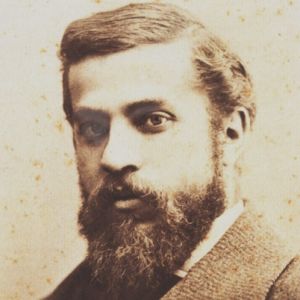Despite popular belief the footballer Lionel Messi is possibly not Barcelona’s number one son. With Picasso and Miro, Antoni Gaudi ranks as one of the worlds greats artists. If you have ever been to Barcelona His architecture abounds in many places with the panicle Sagrada Familia.
After Gaudi graduated, he initially worked in the vein of his Victorian predecessors but soon developed a style that juxtapositions geometric mass with animated the surfaces of patterned brick and stone, whilst also incorporating wood metal and mosaic. During his early period at the Paris World’s Fair of 1878, Gaudi showcased the work he had produced.
However, Gaudi soon started experimenting with various permutations of historic styles from gothic to baroque, as can be seen in Episcopal Palace (1887–’93) and the Casa de los Botines (1892–’94), which is gothic and the Casa Calvet (1898–1904), which was built in the Baroque style. After 1902 as a mature artist Gaudi’s designs began to defy convention and stylistic classification.
This created a style known as equilibrated, when defined means that it can stand on its own, without internal bracing and external buttressing. The primary way this was achieved was by using a system of columns tilted to employ diagonal thrusts and a series of tile volts. He used this system to construct two Barcelona apartment buildings Casa Batlló (1904–06) and the Casa Milà (1905–10), whose floors were structured like clusters of tile lily pads. Both projects are considered to be characteristic of Gaudi’s style.
After 1910, Gaudi abandoned nearly all other work to focus on the Sagrada Familia he closeted himself on site, living in his workshop. Gaudi employed his equilibrated methods on this church but also used gothic and art nouveau styles that are present but beyond recognition.Gaudi died while still working on Sagrada Familia on June the 10th 1926, after being hit by a trolley car in his beloved Barcelona. This was just a few weeks before his 75th birthday Sagrada Familia was unfinished when he died. However, construction has been ongoing, with an estimated completion date on the anniversary of his death in 2026 that would mark the 100th anniversary of his passing.
Take a look at The Buckley Pottery shops :
Take a look at The Buckley Pottery shops :
Also plenty of interesting photos on pinterest :https://uk.pinterest.com/thebuckleypotte/ 











No comments:
Post a Comment